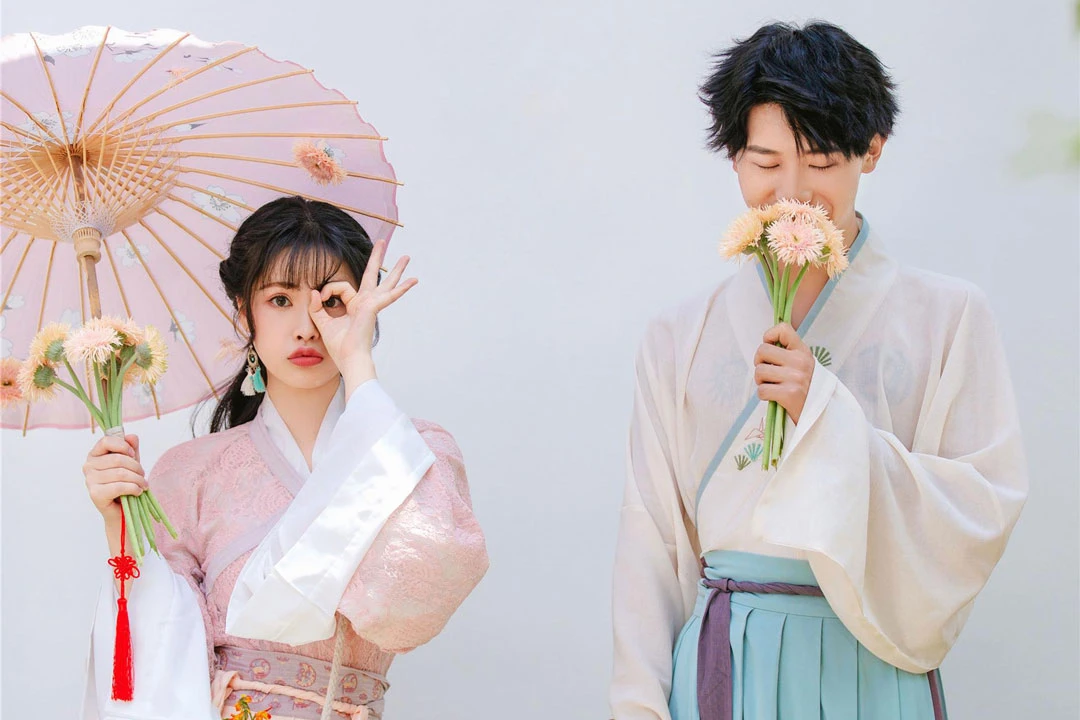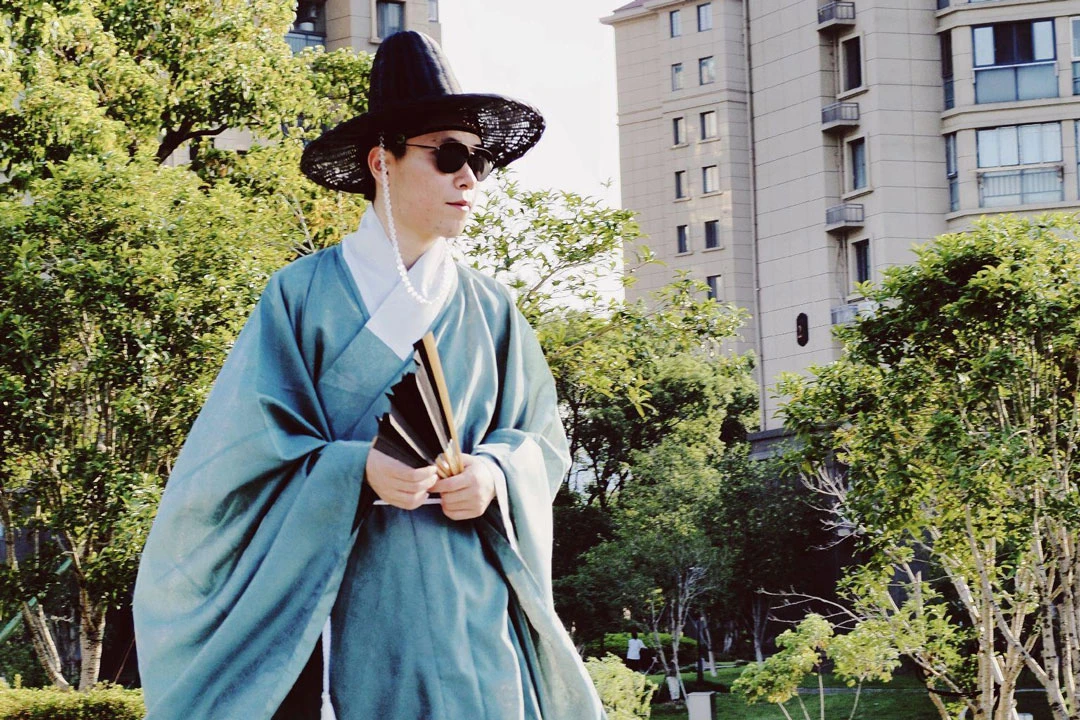Hanfu, the sweeping silk robes worn for millennia in China until the early 1900s, conjures images of flowing feminine grace. However, some people have raised questions around whether hanfu is in fact unisex or at least could be made more gender neutral hanfu in modern times. This requires an examination of hanfu historical gender conventions as well as modern reinterpretations.
Historic Hanfu Gender Divisions
Throughout imperial China, hanfu differentiated heavily between men’s and women’s garments in keeping with highly gendered Confucian social order. Strict sumptuary laws dictated appropriate fabrics, colors and decorations based on not just gender but also class and occasion.
Men of the scholar-gentry class wore spacious knee-length robes called changshan or pao paired with belts and black hats with fins. Gentlemen’s hanfu used more muted, darker colors with minimal ornamentation except royalty.
Women wore form-fitting hip-length tops called Changqun or ruqun with wrapped, narrow skirts draped beautifully from elaborate sashes. Women’s hanfu allowed far more colorful, decorative fabrics and accessories like hairpins and jewelry.
Within these commoner garments, further distinctions signified imperial, bridal, mourning and official dress. The differentiation between male and female hanfu was quite pronounced across class and occasion.
Modern Perceptions and Experiments
In recent decades, the traditional gender conventions around hanfu have come into question. For some contemporary Chinese, the historic restrictions chafe against modern gender norms and efforts to achieve greater equality.
At hanfu cultural events, some women elect to wear changshan robes adapted for a feminine silhouette. Others style their hair in masculine historical modes when wearing gender-neutral hanfu jackets. These individuals see integrating elements across genders as empowering self-expression.
However, some hanfu hobbyists argue strictly separating male and female outfits maintains respect for authentic cultural traditions. They feel modern modifications disregard proper protocol and blur meaningful historical distinctions.
Others adopt a balanced perspective, feeling creativity and inclusiveness can be achieved without entirely erasing gendered nuances accumulated over centuries. Adjustments made in the spirit of cultural evolution differ from arbitrarily dismissing tradition.
Unisex Hanfu Styles and Reinterpretations
Several unisex hanfu garment types offer potential entry points for modern crossover looks.
Zhongyi short jackets were commonly worn by scholars and officials of any gender. Beizi plain robes were everyday garments for the working class, less strictly gendered. Adapting these basic styles with less restrictive colors and fabrics creates options.
Accessories like sashes and hairpieces traditionally worn only by women can style changshan robes in a feminine way. Combining tailored male changshan tops with softer, draped feminine skirts produces an androgynous aesthetic.
Creative use of luxurious fabrics, bold colors, and embroidery may expand perceptions of masculinity in hanfu without fully erasing gendered nuance in garment silhouettes.
The Future of Gender in Hanfu
Like all cultural traditions, hanfu has evolved over eras to reflect changing values. The strict historic gender conventions reflected Confucian philosophy but need not define its future.
Many young Chinese today desire greater flexibility to explore individuality and diversity within their own heritage. Their reinterpretations enlarge possibilities for identity and belonging.
At the same time, upholding certain classical cultural vectors lends continuity. The path ahead likely integrates both progression and tradition for a nuanced vision of hanfu inclusive to all yet still resonant with its long lineage in Chinese history.
With creativity and sensitivity, hanfu can grow beyond past gender divisions to embrace greater fluidity – honoring both its elegantly differentiated traditions and modern desire for equality.
Is Hanfu unisex? Or is Hanfu gender neutral?
Here’s a brief summary on whether hanfu can be considered a unisex garment:
- Traditionally, hanfu styles and detailing were highly differentiated between men’s and women’s clothing in line with historical Chinese gender conventions.
- However, some modern hanfu enthusiasts have started incorporating cross-gender elements or adapting common pieces like zhongyi jackets into more unisex or androgynous styles.
- Completely eliminating gender differences in hanfu is still controversial and risks losing cultural meaning. A balanced approach retains some traditional distinctions while allowing more flexibility.
Accessories, fabrics, colors and creative styling can open options for integrating both feminine and masculine aesthetics in modern looks. - Overall hanfu has historically not been a wholly unisex garment. But reinterpretations are evolving to greater fluidity between genders, reflecting modern values of diversity and inclusion.
So in summary, while traditionally gendered, hanfu today allows more room for creativity and non-binary expression between historical male and female fashion elements. The tradition continues evolving.


